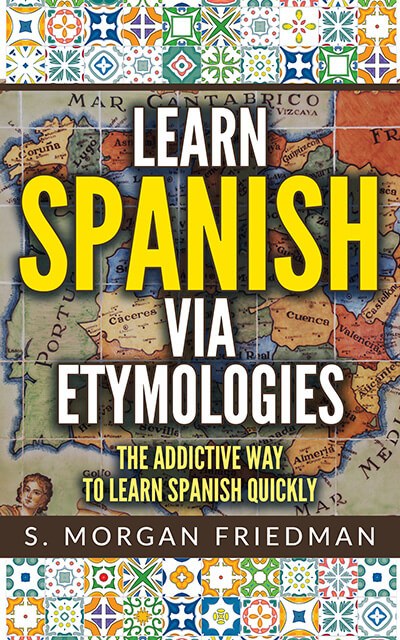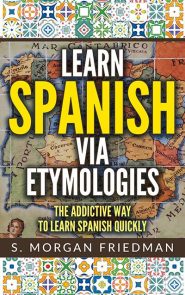Postizo, Spanish for “false, artificial; in particular, a fake hairpiece” comes from the Latin positus, which meant, “put into its place.” If we’re wondering how “put into its place” came to mean “fake”, just think of the most common use of the Spanish word: for a wig. You put your fake hair into place!
From that same root, we also get the English posit — which is, quite literally, putting an idea into its place.
We can see the p-s-t root clearly in both words.

